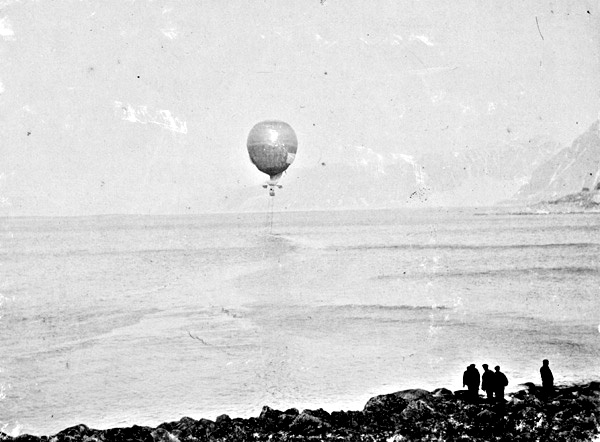Get the latest tech news
The Titan Submersible Disaster Shocked the World. The Exclusive Inside Story Is More Disturbing Than Anyone Imagined
A year after OceanGate’s sub imploded, thousands of leaked documents and interviews with ex-employees reveal how the company’s CEO cut corners, ignored warnings, and lied in his fatal quest to reach the Titanic.
OceanGate had acquired it a few years earlier and refurbished it, adding LEDs and a PlayStation controller for easy steering, and replacing an ugly exterior cabin with a sleek white plastic fairing to protect components outside the hull. “Carbon fiber is a very sensible material if it’s been engineered correctly and manufactured in a controlled way,” says Chase Hogoboom, president and cofounder of Composite Energy Technologies, which has successfully tested small carbon-fiber vessels to the equivalent of 6,000 meters hundreds of times. The heart of that system, designed by an experienced electrical engineer and OceanGate board member named Mike Furlotti, was a suite of sensors and microchips that analyzed the hull’s acoustic emissions—the little pops made by carbon fibers as they break under compression.
Or read this on Wired


